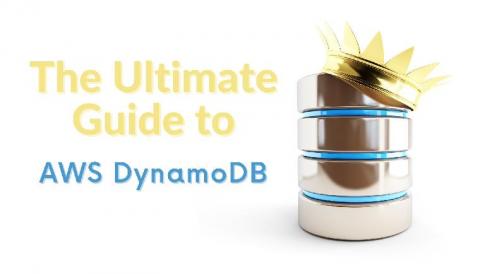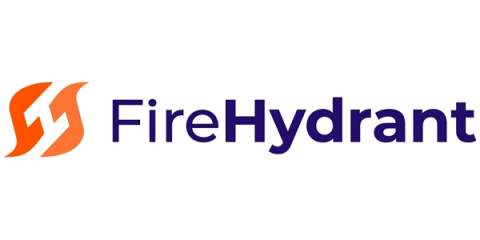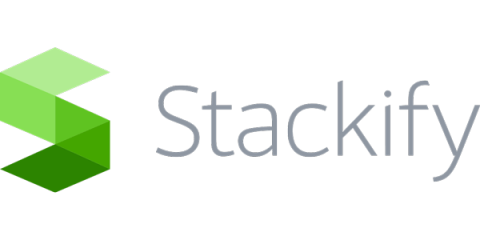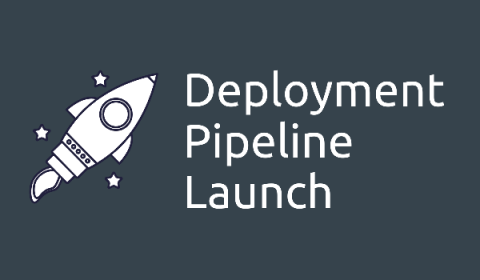The Ultimate Guide to AWS DynamoDB
AWS DynamoDB changed the database game in Serverless and continues to do so, as its design repeatedly proves its huge value. This guide takes you through everything there is to know about DynamoDB so you can rest assured you’re using the service in its best way and reaping all of the benefits.











